“We’re not talking about aromatics, texture is the thing here. These are gastronomic wines, ideal for the on-trade and independents,” says Sarah Jane Evans MW about the wines of Penedès.
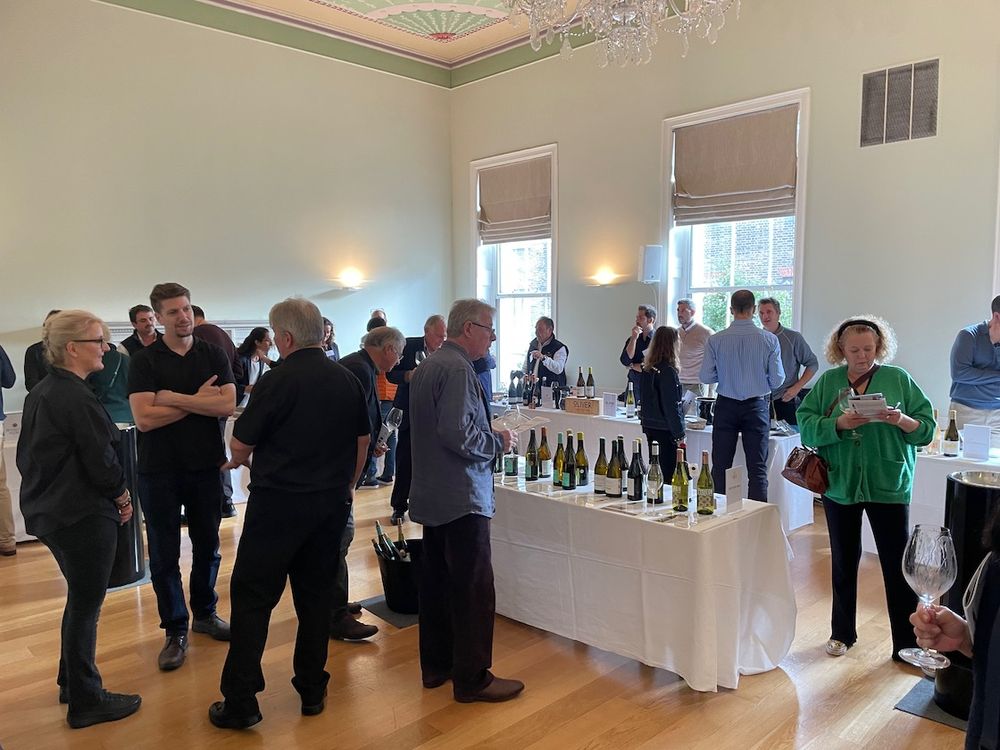
Putting DO Penedès properly on the map. London, October 30, 2023.
Could you pick out Xarel-lo in a line-up? In all likelihood, you wouldn’t be alone if you couldn’t.
Grown in Catalonia, for years it has existed as more of a footnote in the lexicon of grape varieties, merely listed as one of the components in the Cava blend.
Its home is DO Penedès, part of the coastal strip that runs west of Barcelona down to Tarragona. The region covers just 2,500 hectares of vineyards, that rise from the sea to around 800 metres in the surrounding coastal mountain ranges.
Like many wine regions that fringe the Mediterranean, this place has a long history. Early Greek and Phonecian colonies had already started introducing viticulture and wine drinking before the arrival of the Romans. A 3rd-century BC depiction of the goddess Demeter, adorned with sheaves of wheat and bunches of grapes, was adopted as the symbol of the DO.
But the DO itself is far from as ancient, established as recently as 1960. Old as its past is, its outlook was distinctly modern right from the start. The local municipality of Vilafranca del Penedès is home to Familia Torres.
Led by the ever-dynamic Miguel Torres, the region was among the first in Spain to start using stainless steel and temperature-controlled ferments. In 1978, Albet I Noya became Spain’s first certified organic winery.
Organics are quite a force in Penedès. The region boasts that 80% of its vineyards are certified organic and aims to make that 100% by 2025. The region’s sparkling wines, Classic Penedès – ‘the first of the Cava breakaways’ says Sarah Jane Evans MW – are required to be produced organically.
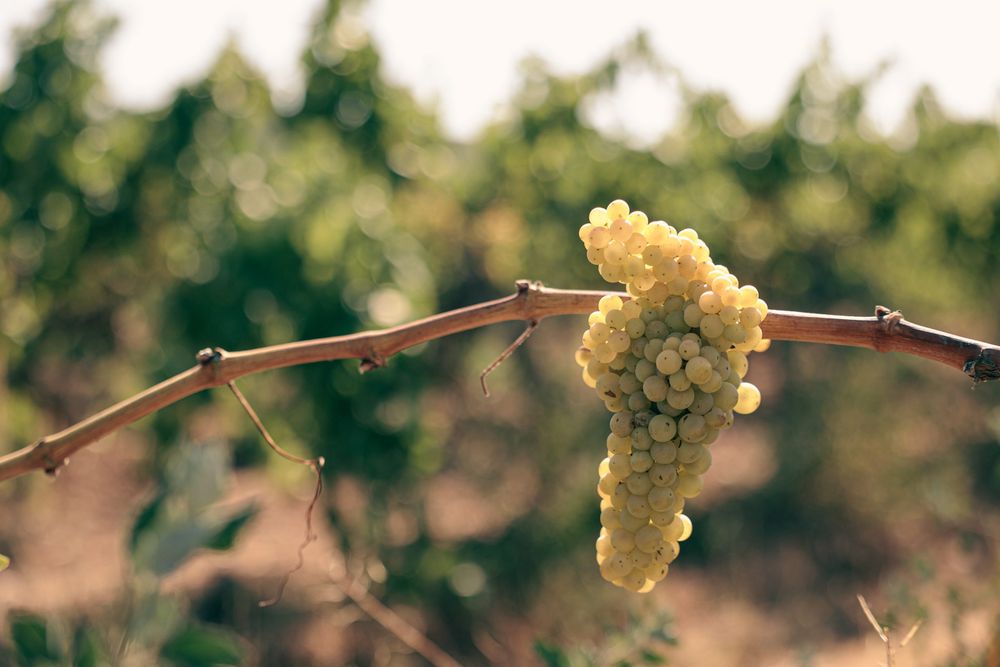
Penedès stalwart Xarel-lo – but would you be able to identify it made as a still wine?
A struggle for recognition
The early days of the DO brought with it an enthusiasm for non-indigenous varieties too. No doubt at the time there was a feeling that Cabernet Sauvignon, Chardonnay, Merlot and Syrah were modern and held greater appeal for international markets.
But sommeliers and merchants proved slow on the uptake when it came to Penedès. Fellow Catalan region Priorat found itself propelled well to the fore when the UK market underwent a fresh wave of enthusiasm for Spanish wines in the early 2000s.
And within the last 10 years white Rioja, Albariño and Godello have grown hugely in popularity, leading the charge for Spanish whites. But of Penedès and Xarel-lo, there is precious little sign.
Álvaro Ribalta MW, laments: “In 10 years of working with producers in Penedès, I’ve always struggled to sell the still wines. Buyers just don’t list them.”
He suggests that the shadow of mass market Cava producers continues to cast a pall over the region’s reputation. But, he adds, “there’s a change now. New generations and new wineries are making wine. And this new blood has the potential to put Xarel-lo and the region on a much higher level.”
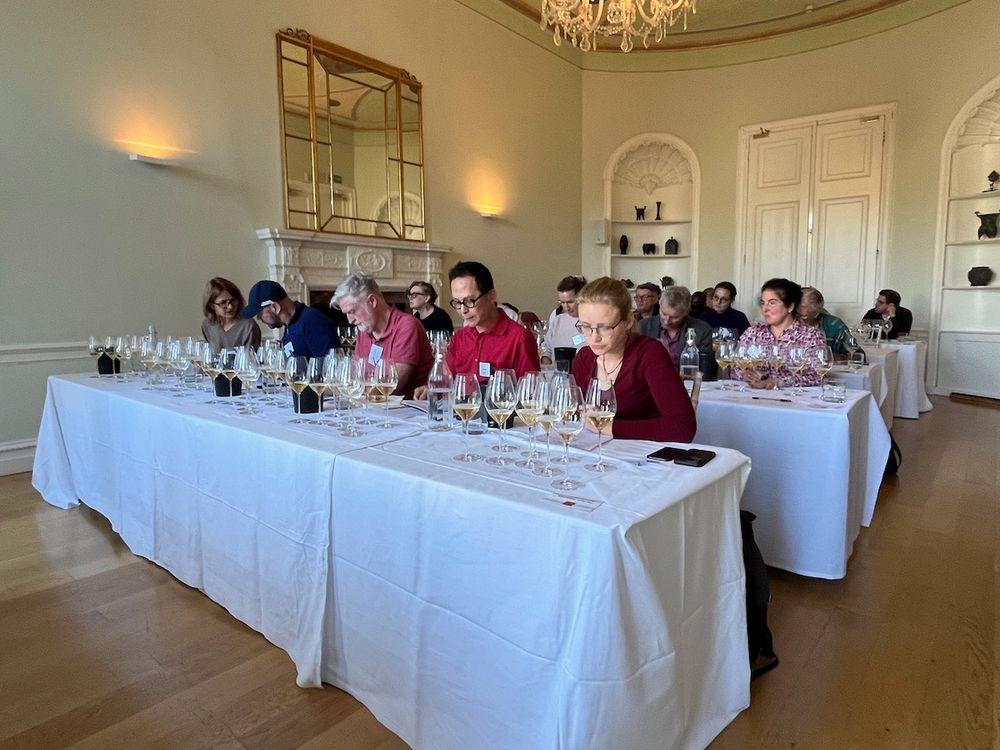
“Xarel-lo in the last seven years has really become a thing”: Penedès masterclass
Renewed focus
The end of October saw DO Penedès host its first standalone tasting in London. With almost 30 producers represented, and over 20 there in person, it was a clear sign that Penedès wants the industry to take note.
Furthermore, it’s clearly decided that it has a new standard bearer – Xarel-lo.
“Xarel-lo in the last seven years has really become a thing,” says Evans who, along with Ribalta, was hosting a masterclass at the event.
“Before it was always just the ingredient in Cava. But as a still wine it can be a super interesting variety. It tastes of the place it comes from and it’s stylistically diverse. It’s rarely over 13% and has lovely acidity. It’s a ripe, Mediterranean variety but with its feet in the sea.”
The tasting proved her right. Stainless steel, barrel ageing, concrete eggs, amphora, skin contact, lees stirring, you name it someone is doing it – but without it feeling like the grape or region lacks a coherent style.
For a white, Xarel-lo has high levels of the phenolic compound resveratrol, which gives it good anti-oxidant properties. This means winemakers aren’t afraid to work in a non-reductive environment – hence the macerations, use of oak and lees stirring to aid with flavour, texture and complexity. Typically, they don’t worry about malolactic conversion either, not wanting to lose acidity when the wines already have enough body. It also gives these wines some serious ageing potential.
The results are fresh, weighty, textured wines with a phenolic edge at times a little bitter, at times a little saline.
As Evans says, “we’re not talking about aromatics, texture is the thing here. These are gastronomic wines, ideal for the on-trade and independents.”
“It’s for the on-trade,” agrees Ribalta. “Somms need to wake up and realise how good these wines are now.”
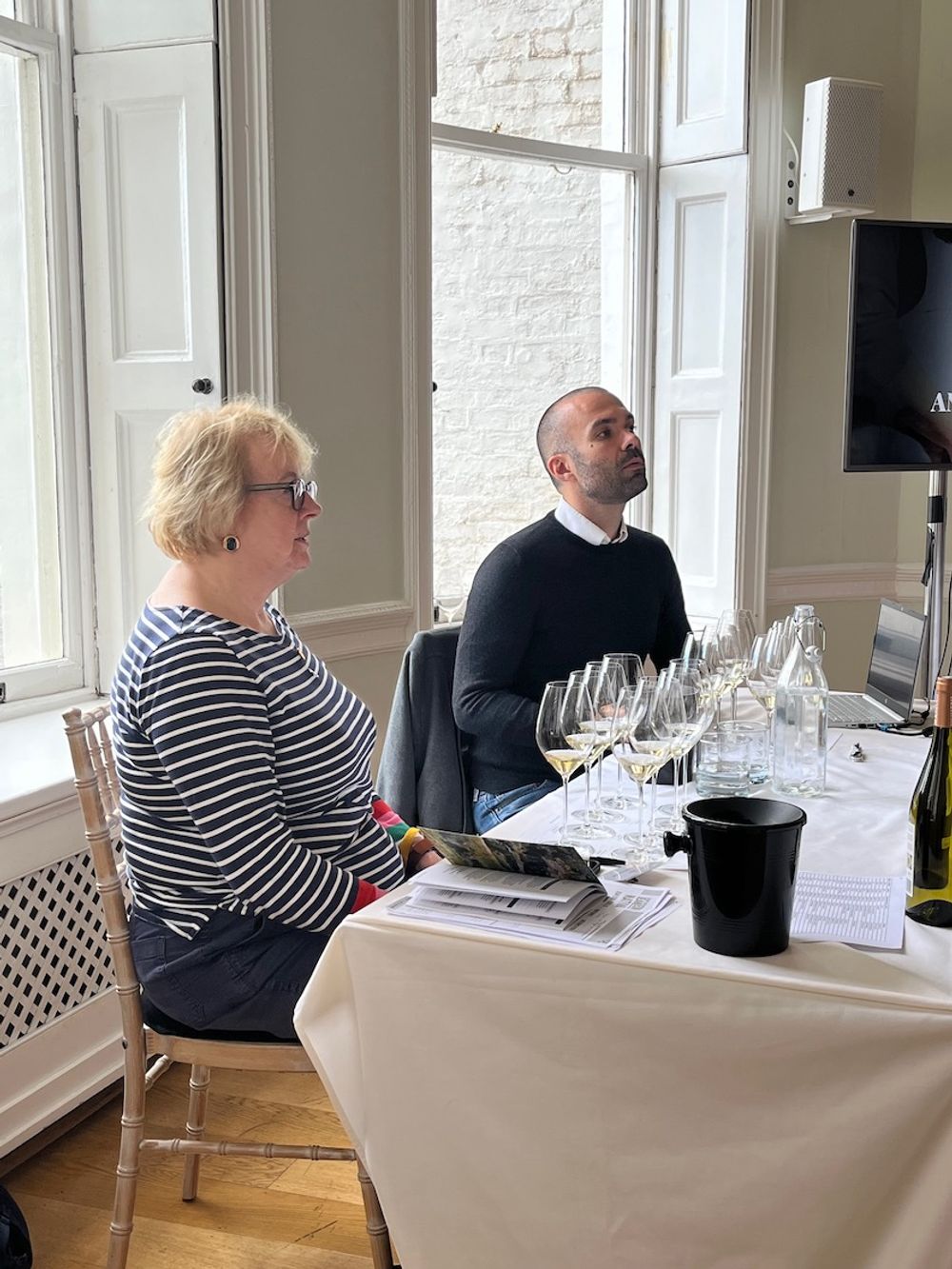
Enlightening and inspiring: Álvaro Ribalta MW and Sarah Jane Evans MW
Other varieties
It would be remiss not to mention some of the other varieties to be found in Penedès among the still wines. Maccabeu and Parellada – historic partners in Cava blends – are reasonably common. There’s a red-skinned mutation of Xarel-lo called Xarel-lo Vermell, which can give deeper, even pink-hued, variations on classic Xarel-lo, while the local Malvasia de Sitges provides a little aromatic waft.
Garnaxta, Samsó (aka Cariñena), Monastrell and Ull de Llebre (Tempranillo) are among the reds used varietially or in blends. A real favourite though is the indigenous Sumoll. It only accounts for 2% of plantings today but its crunchy, tart red fruit character is a real winner. With any luck, the revival of underappreciated Spanish grapes (see also Bobal) turns the fortunes of this variety around.
Speaking of which, although Torres introduced many modern innovations to Penedès, in more recent decades it has been looking into identifying and reviving pre-phylloxera Catalonian varieties. Of 64 identified, the company is now working with six and after many years of understanding how to grow and vinify them has started releasing them commercially.
Two were available to taste in London. There’s the bracingly fresh Forcada (doesn’t take to oak ageing apparently) and rather quaffable Moneu. Here’s hoping a rising tide can lift all ships and take these varieties further too.
In summary, although long overdue the DO Penedès tasting proved that this is not some poor corner of Cava country. Instead it offered a glimpse into yet another scintillating corner of modern Spanish winemaking. There is stylistic choice, the wines are of excellent quality and the focus on white wines – particularly a unique variety like Xarel-lo – is a strong point of difference.
It’s rare to come away from a tasting feeling so invigorated and inspired at discovering something ‘new’ – but I absolutely did.
Penedès wine picks
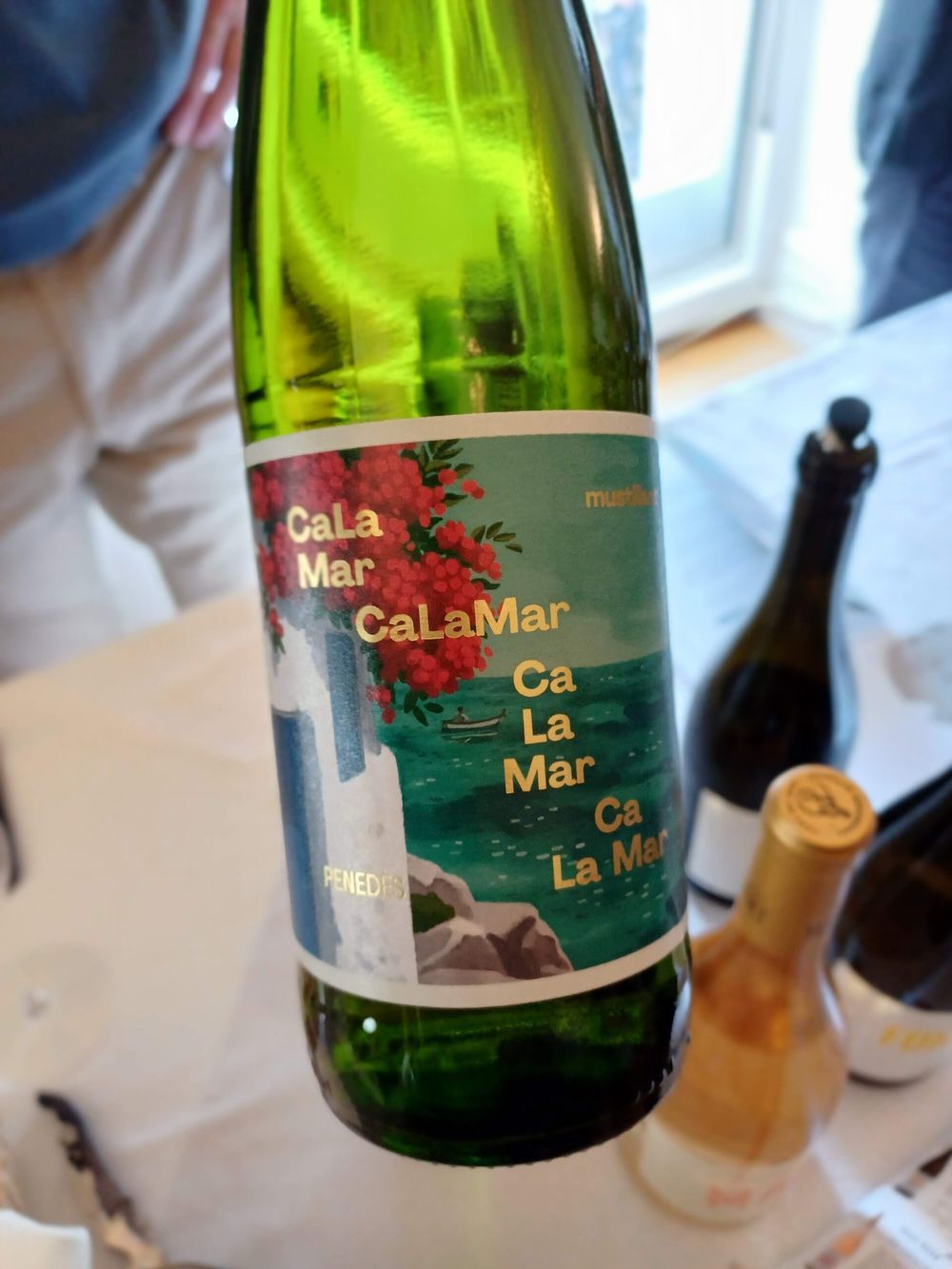
Gramona, Ca La Mar Mustillant Blanc 2022
A highly regarded estate which suffered the loss of the charismatic Xavier Gramona earlier this year. The 100% Xarel-lo ‘Font Jui’ is highly elegant but as a point of difference why not try Ca La Mar? A blend of 40% Parellada, 30% Macabeu and 30% Xarel-lo and 11% abv, this is a ‘Mustillant’, an easy-breezy, lime and saline summer sipper from the Catalonian coast. With a little spritz to it, this is one for all the fans of Vinho Verde, Picpoul, Txakoli etc. Next summer’s hot new wine trend, just you wait and see.
Albet I Noya, 3 Maccabeus 2022
From Spain’s first certified organic producer is this somewhat rare example of a 100% old vine Macabeu. Most Macabeu used for making high production Cava doesn’t make it past 20 years. Comprising just 1.5 hectares across three small plots, these vines were planted between 1968-73. Expect a highly expressive dose of blossom, ripe pear, figs and wild herbs with beautiful structure. A mighty package at just 11.5% abv.
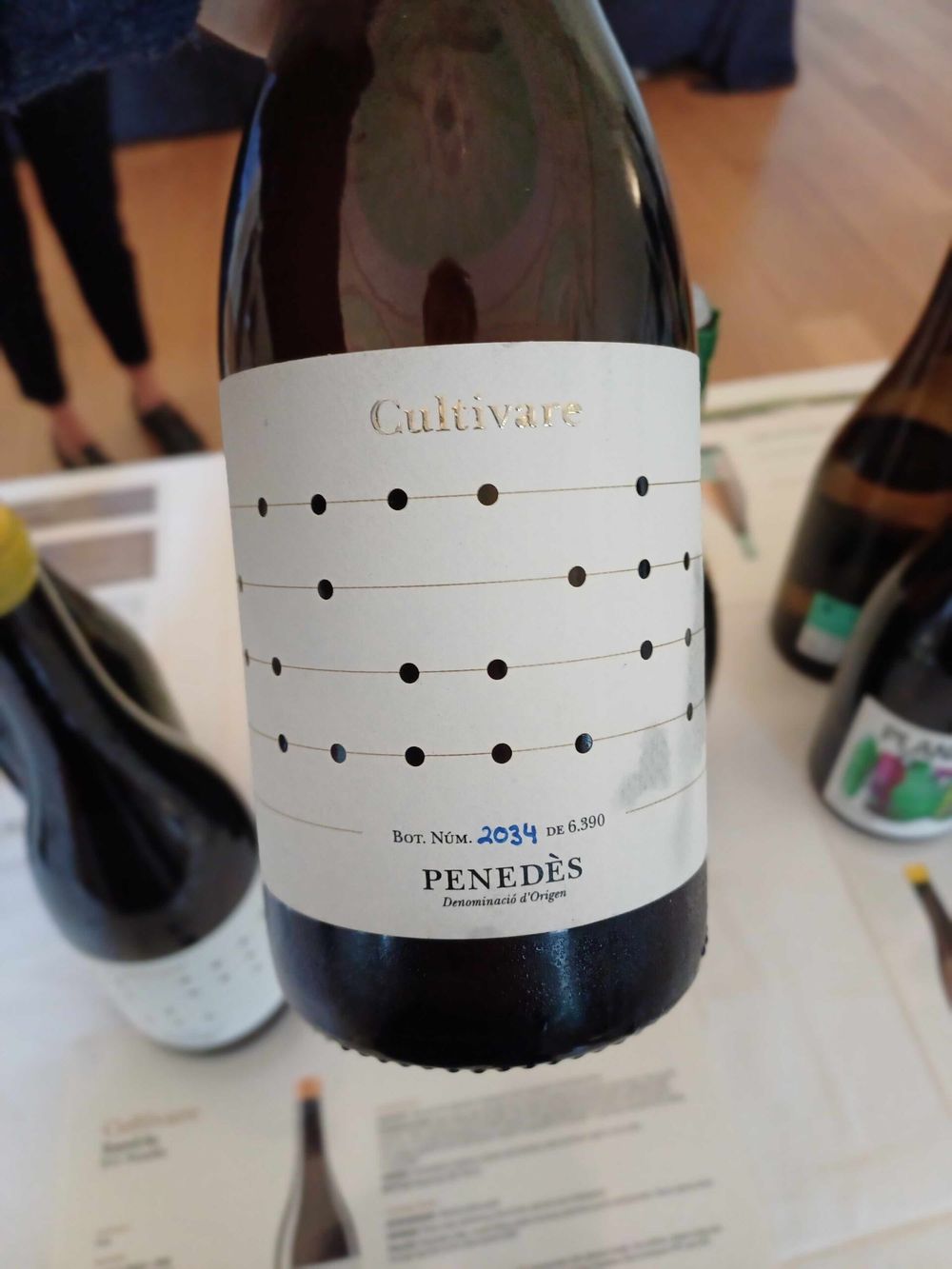
Vallformosa, Cultivare Xarel-lo 2020
A Xarel-lo that’s had a bit of everything. Four-hour maceration on skins prior to pressing and then various components aged in stainless steel, cement and oak. The result is a harmonious blend of each vessel. Freshness and vibrancy on the palate, with a lovely, fine texture and ripe lemon, peach, apricot, vanilla cream and floral and spicy notes. A gorgeous golden-lemon yellow colour too. The Sumoll-Samsó blend is also a cracker.
Nadal, X Blanc, 2022
At the other end of the scale, the Nadal wines are made much more simply. These are all vinified in stainless steel but with some body and flavour added through lees stirring. Bright, clean and fresh, there’s a whiff of flint and gunsmoke in there along with green apple, ripe pear and grapefruit.
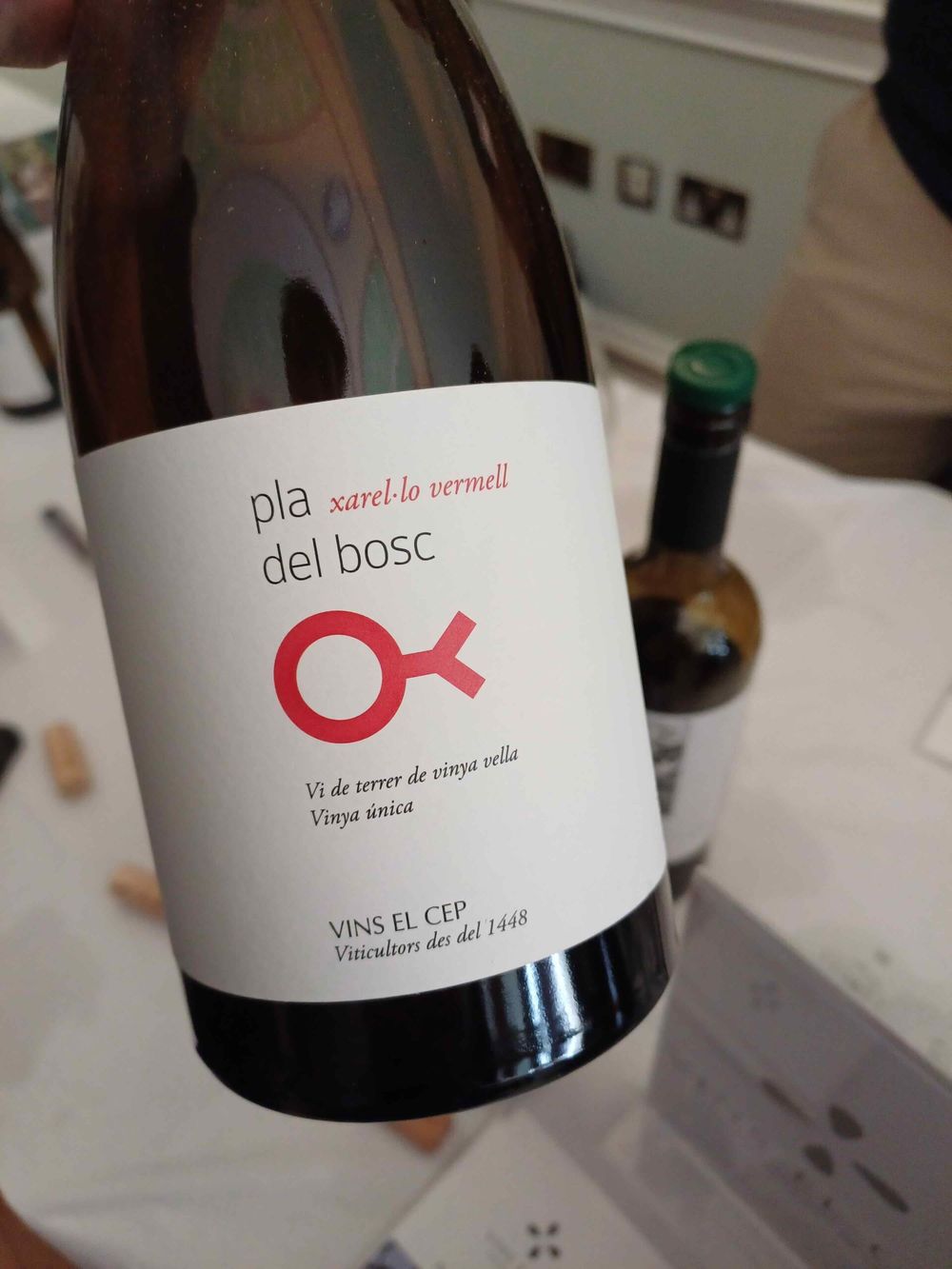
Vins el Cep, Pla del Bosc 2021
An especially delicious example of Xarelo-lo Vermell from an excellent estate. Just a two-hour skin maceration but the wine is noticeably amber-verging-on-pale-orange in colour. Further ageing in concrete and oak and left unfiltered before bottling. Orange blossom and pith, peach and melon. The aromatics are both rich yet subtle and the finish is looooong.

Can Ràfols dels Caus, Sumoll 2021
Bright, tart and crunchy, this is the kind of red wine you think you could (just possibly) drink forever if given the choice. Aged for six months in chestnut barrels, the colour is a gorgeous, limpid ruby, nose and palate awash with pomegranate, raspberry, redcurrant and black pepper but with a firm tannic underpinning that stops it from being little more than a smoothie. Lip-smackingly good – plant more Sumoll, please!
































